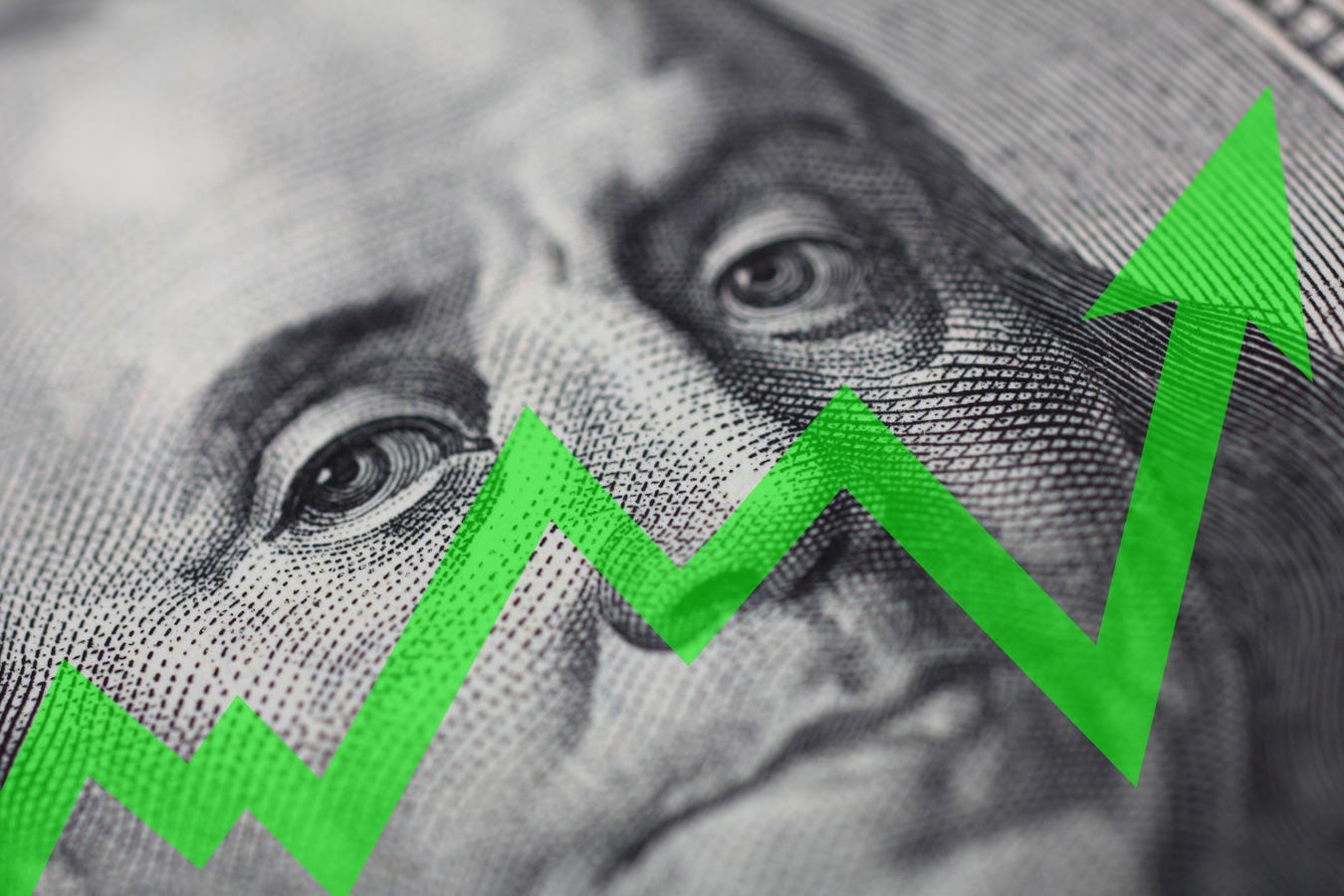Despite an economy that is growing, small business owners still have things to be afraid of this Halloween. Factors of concern can be located both near (local economic issues) and far (international instability and its impact on the U.S. economy overall). Fears may vary by location, industry sector, and individual situations.
Some of those fears are fairly common:
Inflation: The Commerce Department last week reported that the economy grew at a 4.9% annual rate in the third quarter of 2023, the fastest growth since the fourth quarter of 2021. The Wall Street Journal reported that last time it grew this quickly in the pre-pandemic period was the third quarter of 2014. However, at the same time, consumer-price data released Friday showed that consumer prices were up 3.4% overall in September vs. a year ago. Indeed, inflation still persists because of demand, labor costs, and other inputs.
It is unclear at this point whether the Federal Reserve will push interests higher again in order to meet its target 2% inflation rate or leave rates where they are now. We will know tomorrow when the Fed’s Federal Open Market Committee (FOMC) announces its latest policy decision.
Financial Uncertainty: While consumer trends indicate Americans are spending, we cannot predict with certainty what the all-important holiday shopping season will be like this year. Black Friday, the day after Thanksgiving, was given its moniker because holiday shopping typically puts business that may have been “running in the red” back into “the black.” Many businesses still report that help is hard to come by, and the costs of hiring and training employees continues to rise. While sales may indeed be strong in the fourth quarter, the concern of business owners is whether they can make enough money to cover their added expenses and still generate profits.
Additionally, business bankruptcies rose nearly 30 percent, in the 12-month period ending Sept. 30, 2023, according to U.S. Courts reports.
Cyber Threats: What can be spookier than hackers attacking your company’s information. According to researchers at the University of Georgia, the cybersecurity industry is rapidly growing every day. Even with increased attention on protecting electronic information, there is ample reason for businesses, and the public, to be concerned. For example, the report found 64% of companies have experienced web-based attacks, and 59% of companies experienced malicious code and botnets. A study by the Clark School of the University of Maryland quantified the near-constant rate of hacker attacks: every 39 seconds on average, affecting one in three Americans every year.
In May 2023, Accenture’s Cybercrime study revealed that nearly 43% of cyber-attacks are targeted at small and medium-sized businesses (SMBs), highlighting the need for them to be more vigilant and better prepared to defend themselves against cyber threats. The financial impact can be substantial for a small company; the average cost of cybersecurity incidents for SMBs ranges from $826 to $653,587, depending on the type and severity of the attack. The Accenture study further found that only 14% of targeted SMBs were prepared to handle such attacks, emphasizing the importance of developing robust cybersecurity strategies and implementing effective security measures to mitigate the risks.
Securing Capital for Growth: With rising interest rates and low approval percentages for small business loans from banks, making expansion plans can be scary. For instance, according to the most recent Biz2Credit Small Business Lending Index (September numbers) Small business loan approval percentages at big banks ($10 billion+ in assets) fell again, dropping from 13.2% in August to 13.1% in September. In fact, big bank lending to small businesses has dipped every month since June 2022.
Smaller banks have been a more reliable source of funding through the SBA’s popular 7(a) small business loan program. Interest rates are calculated using the prime rate (8.5%) as a base. According to NerdWallet, the maximum interest rate on a loan of $50,000 or less is Prime + 6.5%, and for loans of $50,001 – $250,000, the rate is Prime + 4.5%. Meanwhile, the rate is a bit lower for loans of bigger amounts: $250,001 – $350,000 max out at Prime + 4%, while loans above $350,000 will cost Prime + 3%.
Beyond these factors are the eternal concerns of economic disruptions caused by war (with two major wars happening in the world right now) and other unforeseen events that lead to market downturns, such as the COVID pandemic and political unrest.
Despite the sometimes scary situations in today’s world, the American economy continues to be strong at the moment. Despite inflation concerns, it rebounded solidly from the pandemic crackdowns and has ushered in times of prosperity, especially for industries including entertainment, food and accommodation, and travel and tourism. Fear and uncertainty go along with the risks and rewards of entrepreneurship. The businesses that survive and thrive will be the ones who adapt, rise to the occasion and develop solutions to confront their challenges head on.
Read the full article here





